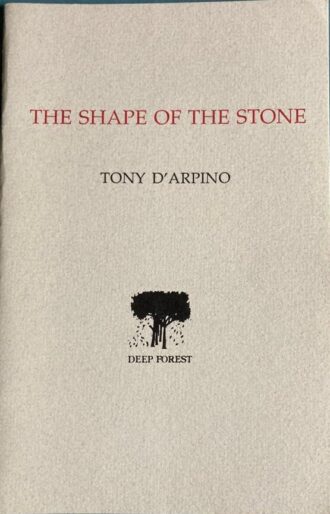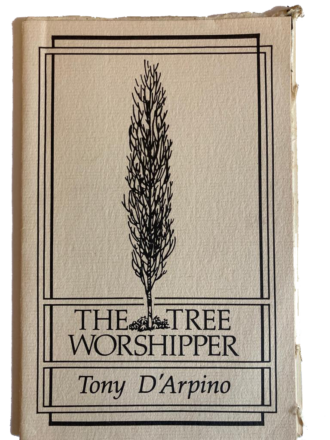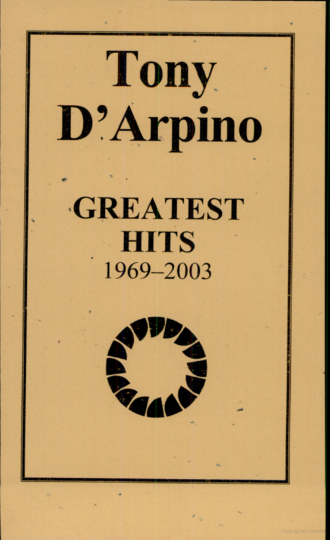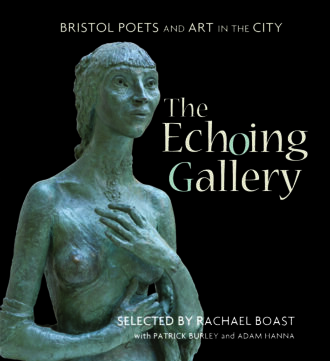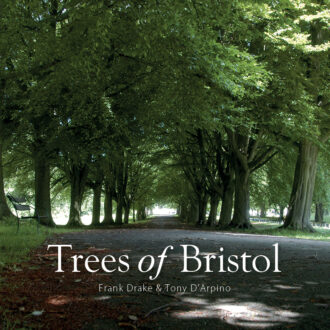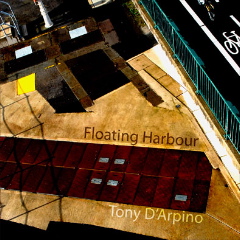
“Tony D’Arpino” – An Exacting and Visionary Poet

Born near a forest in Mount Holly, New Jersey. Named after my father and my great grandfather, both Antonio. Attended parochial grade school and pagan high schools. Dropped out of Rutgers University.
First poems published on the front page of alternative weekly Distant Drummer in Philadelphia. My daughter and granddaughter and family still live in the Philadelphia – South Jersey area.

Tony D’Arpino
/ Author
INTRODUCING
Trees of Bristol
BristolExperience First Three Months of St. Bonaventure's Island
FOR FREE
Saint Bonaventure’s Island is surrounded by a coral reef of unexplored and unmapped proportions. The island itself is seven square miles. It is triangular in shape, thickly wooded, and reaches an elevation of 1723 feet. The island is quite fertile and it should be possible to raise almost any kind of tropical or subtropical plants there. It has a circular interior lagoon of fresh water to which there is a narrow inlet. The average depth of the outer lagoon is 8 furlongs. The depth of the interior lagoon is not known. The perfection of the island lies in the architecture of an old fortress on the north side of the inner lagoon. The fortress is nothing more than a collection of crumbling stone ruins dating from a tenth century pirate expedition. On a southern cliff of the island, overlooking the ocean, is an abandoned weather station which was built by Japanese meteorologists and used for six months in 1943. There is, as already noted, an outer reef of coral, but the island itself is of volcanic origin. Indeed, St. Bonaventure’s Island is the dead head of an ancient volcano.
Bonaventure, the expositor of the theology of love, accepts St. Anselm’s ontological argument as proof of the existence of God, but he seeks God through intuition rather than reason. He follows the way of mysticism much more than philosophy; in this he is very different from Aquinas. Bonaventure’s realism reaches into the abyss of the Trinity.
For the Ontological Argument, Anselm quotes scripture: “Truly there is a God, although the fool hath said in his heart, There is no God.” (Psalms XIV.1) Which is proof by contradiction. That is, the fool is already calling something (the word “god” in his mind) “not-God.”
In answer to Anselm, Gaunilo, a modest monk signing himself Insipiens (Fool), protested that we cannot pass so magically from conception to existence, and that an equally valid argument would prove the existence of a perfect island.
It was Chesterton who said: “The Saint is a medicine because he is an antidote. Indeed, that is why the Saint is often a martyr; he is mistaken for a poison because he is an antidote.”
St. Francis: “Tantum homo habet de scientia, quantum operatur.” A man has only so much knowledge as he puts to work.
Read Reviews by My Readers
watch a film
by Diana Taylor
Get Notified About The Series!
You Might Like
POEMS
AVAILABLE ON WEBSITES
The Caledonian Antisyzygy
The long poem “The Caledonian Anti-Syzygy” in xconnect #7 [Vol 3, No 1] (Crossconnect) (University of Pennsylvania, Philadelphia)
St. Bonaventure's Island
“St. Bonaventure’s Island” in Terra Incognita (Madrid, Spain) excerpt from novel (in English and Spanish) hard copy journal and website
The Different Forms of Flowers
The poems “The Different Forms of Flowers” and “Leaf Stalk” in Wild Violet
Leaf Stalk
Leaf stalk petiole anchors leaf to stem
Ending in the flattened blade of the surface world
Like This Series Books?
Share now




